Look at the figure of a ball resting on top of a wall. At A, it's energy is 50 J. It falls down, at B its PE is 30 J.
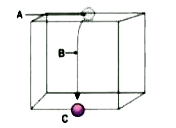
Which law helped us to calculate the energies above?
Step by step video & image solution for Look at the figure of a ball resting on top of a wall. At A, it's energy is 50 J. It falls down, at B its PE is 30 J. Which law helped us to calculate the energies above? by Physics experts to help you in doubts & scoring excellent marks in Class 7 exams.
Updated on:21/07/2023Topper's Solved these Questions
Similar Questions
Look at the figure of a ball resting on top of a wall. At A, it's energy is 50 J. It falls down, at B its PE is 30 J.
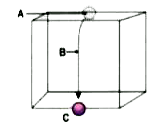
What is the KE at the point B.
View SolutionLook at the figure of a ball resting on top of a wall. At A, it's energy is 50 J. It falls down, at B its PE is 30 J.
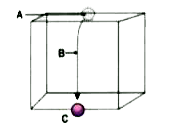
Write the value of PE and KE at point A.
View SolutionLook at the figure of a ball resting on top of a wall. At A, it's energy is 50 J. It falls down, at B its PE is 30 J.
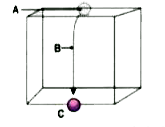
What will be the total energy at point C?
View SolutionLook at the figure of a ball resting on top of a wall. At A, it's energy is 50 J. It falls down, at B its PE is 30 J.

What kind of energy does the ball have just before touching the ground? What is the value of this energy?
View Solution4500 J of energy is used to raise an object with a mass of 50 kg to a height h. Calculate h.
View SolutionA car resting on top of a hill at point I (Fig. C) has a PE of 16000 J.
a. Calculate its kinetic energy at II, if its PE at that point is 9000 J.
b. What will be its KE as it reaches the final point lll down the hill?
c. What will be its PE at the point III?
d. What will be its mechanical energy at points I, II, and III?
e. Which law helped you to arrive at

View SolutionLook at the figure given below and answer the following questions:

If the car is at rest at W and has a maximum PE of 6000 J
What will be its KE at X, if PE = 0?
View SolutionIn a cyclic process shown in the figure an ideal gas is adiabatically taken from BtoA, the work done on the gas during the process BtoA is 30,J when the gas is taken from A to B the heat absorbed by the gas is 20J Then change in internal energy of the gas in the process A to B is :
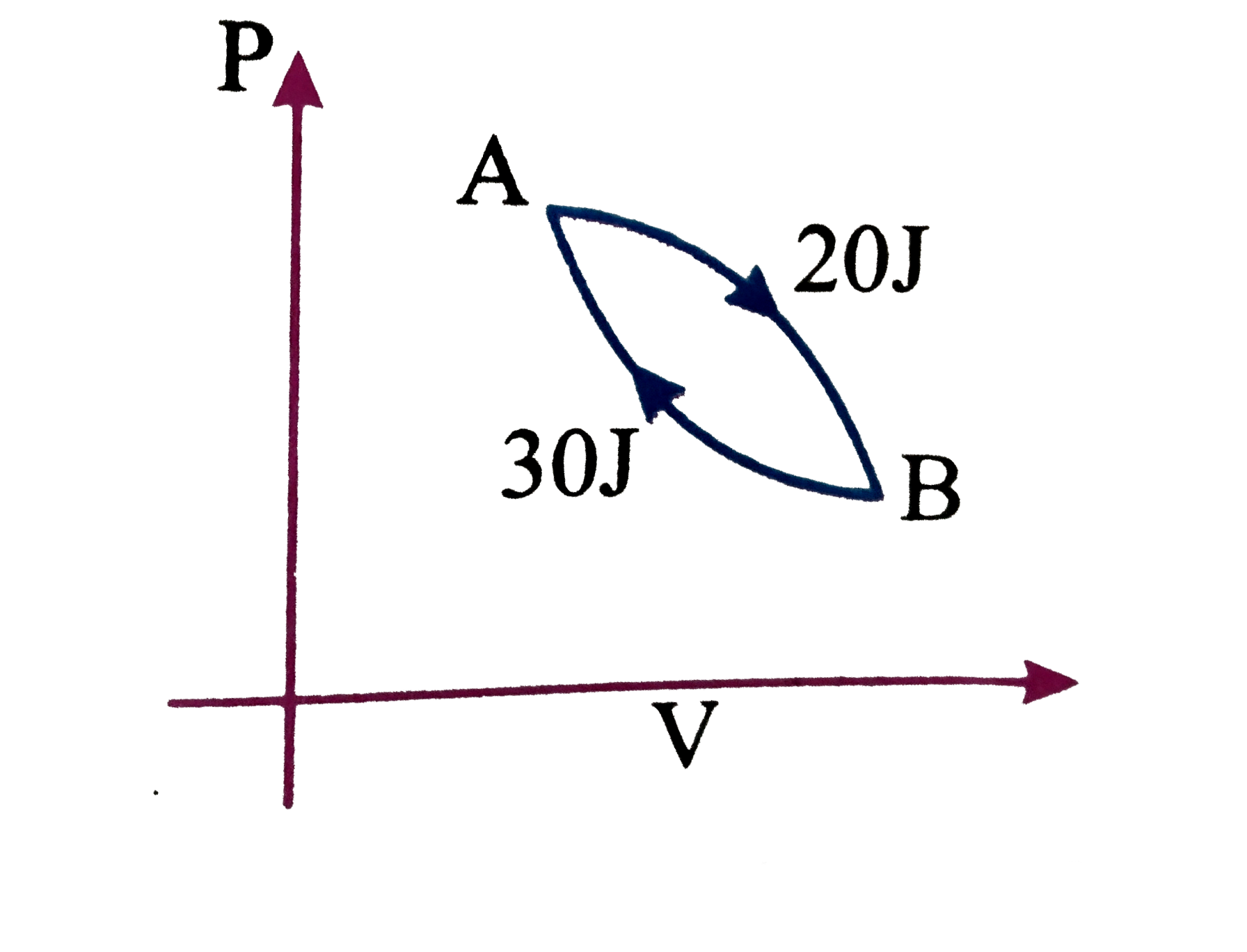
View SolutionIn a cyclic process shown in the figure an ideal gas is adiabatically taken from BtoA, the work done on the gas during the process BtoA is 30,J when the gas is taken from A to B the heat absorbed by the gas is 20J Then change in internal energy of the gas in the process A to B is :

View SolutionIn a cyclic process shown in the figure an ideal gas is adiabatically taken from BtoA, the work done on the gas during the process BtoA is 30,J when the gas is taken from A to B the heat absorbed by the gas is 20J Then change in internal energy of the gas in the process A to B is :

View Solution
